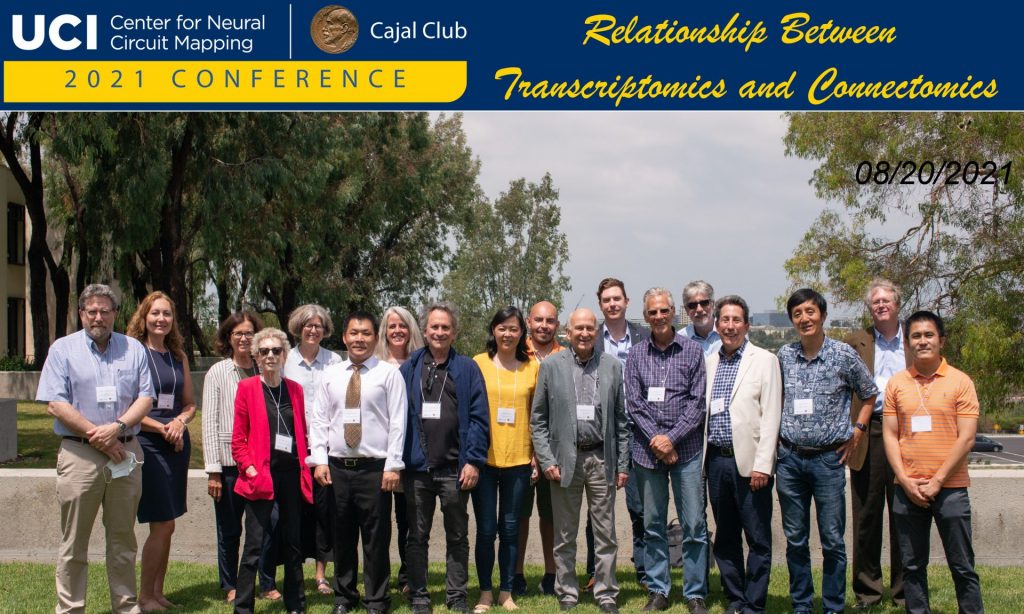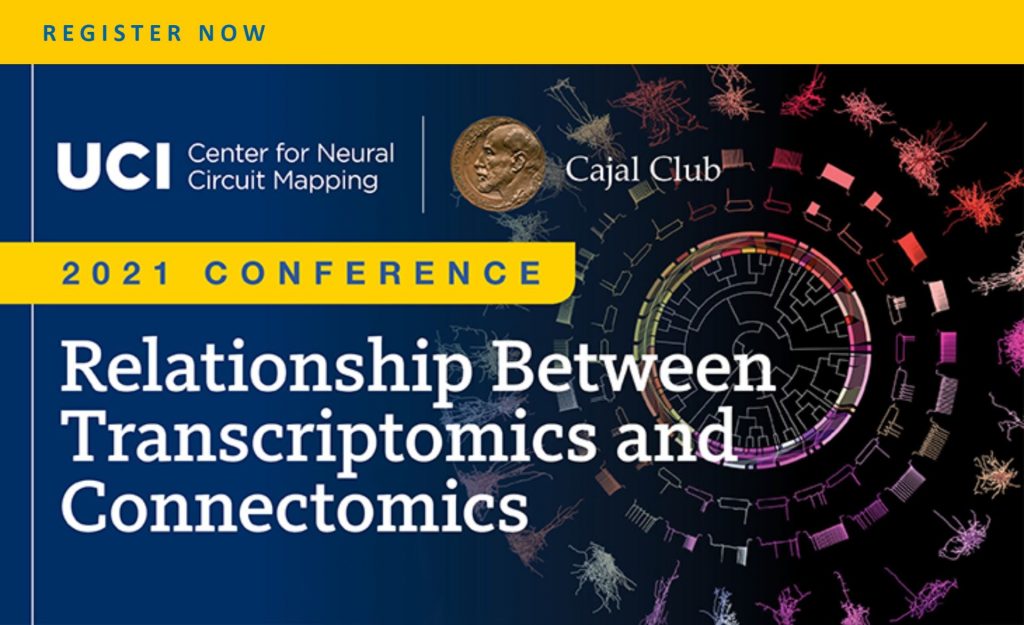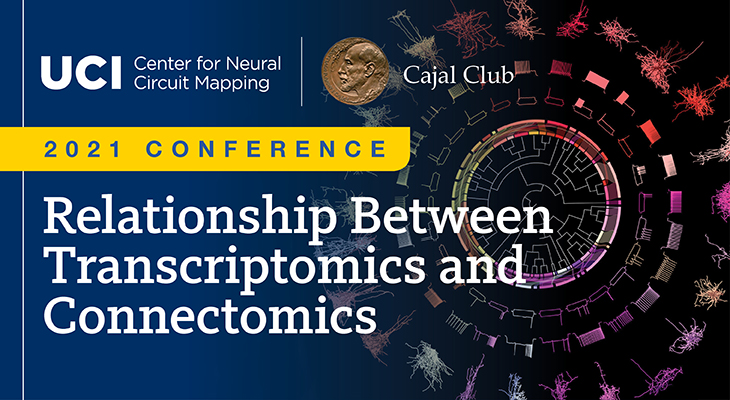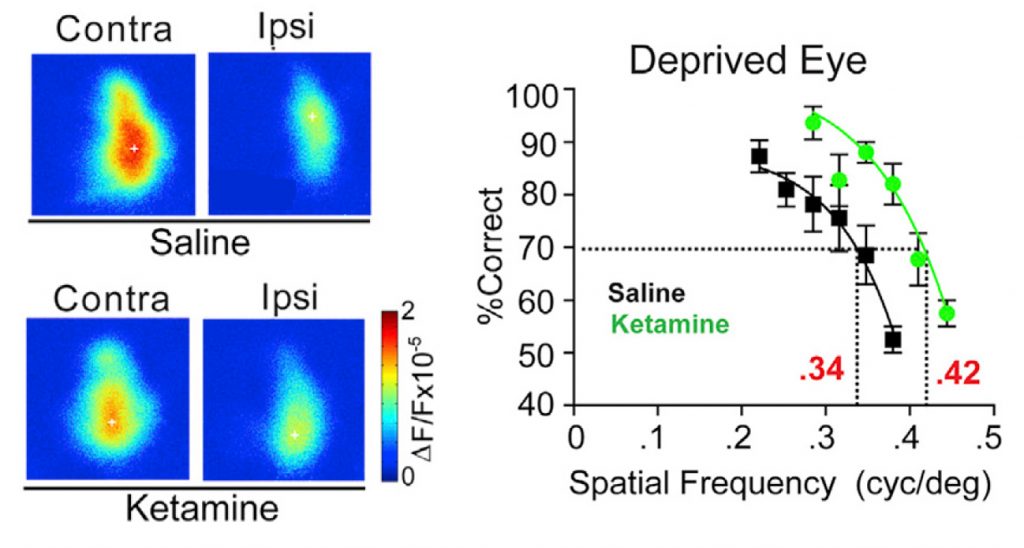Irvine, Calif. – October 15, 2020 – The National Institutes of Health has awarded a team of researchers, led by the University of California, Irvine’s Xiangmin Xu, PhD, a five-year, $3 million grant for a project titled, “Single-Cell Analysis of Aging-Associated 4D Nucleome in the Human Hippocampus.”
Now, as part of the 4D Nucleome consortium, Xu, a professor of anatomy and neurobiology and director of the Center for Neural Circuit Mapping at the UCI School of Medicine, together with MPIs, Carl Wayne Cotman, PhD, a professor of neurology and founding director of the UCI Institute for Brain Aging and Dementia, and Bing Ren, PhD, a professor of Cellular and Molecular Medicine at the University of California, San Diego, will work to build an understanding of aging-associated chromatin architecture changes in single cell nuclei. The three dimensional nuclear organization and its relationship with the regulation of gene expression programs are thought to have widespread and profound implications for human health and disease. The proposed research will help to transform our ability to understand the mechanisms of chromatin organization and function in the context of human brain aging.
“Our proposed research will examine the molecular 4D nucleome changes that occur in human brain region of hippocampus during the course of aging, and the positive effects of physical activity,” said Xu. “With the support of this grant, our team will produce multi-omics cell atlases of the human hippocampus to delineate molecular profiles of normal aging, and uncover potential transcriptional regulatory programs that are impacted by aging. We will share this data with the entire scientific community.”
This cooperative agreement award, number U01DA052769, is funded through the 4D Nucleome (4DN) NIH Common Fund Program, which was launched in 2015 with the goal of developing the tools and resources that would enable the characterization of the three-dimensional structure and dynamics of mammalian genomes and provide deeper mechanistic insights into how the nucleus is functionally organized. For more information visit, www.4dnucleome.org.
About the UCI School of Medicine
Each year, the UCI School of Medicine educates more than 400 medical students, and nearly 150 doctoral and master’s students. More than 700 residents and fellows are trained at UCI Medical Center and affiliated institutions. The School of Medicine offers an MD; a dual MD/PhD medical scientist training program; and PhDs and master’s degrees in anatomy and neurobiology, biomedical sciences, genetic counseling, epidemiology, environmental health sciences, pathology, pharmacology, physiology and biophysics, and translational sciences. Medical students also may pursue an MD/MBA, an MD/master’s in public health, or an MD/master’s degree through one of three mission-based programs: the Health Education to Advance Leaders in Integrative Medicine (HEAL-IM), the Leadership Education to Advance Diversity-African, Black and Caribbean (LEAD-ABC), and the Program in Medical Education for the Latino Community (PRIME-LC). The UCI School of Medicine is accredited by the Liaison Committee on Medical Accreditation and ranks among the top 50 nationwide for research. For more information, visit som.uci.edu.










